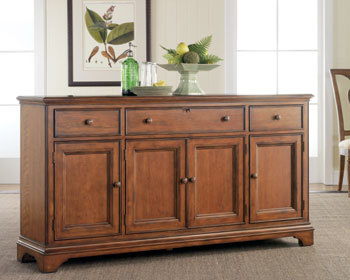millworker301
Industrial
We just bought a mountain house in NC. My wife has purchased a buffet I guess it is called and I am very concerned about the weight of it. It is about 6' long and 32" high and will be getting placed in the kitchen where there is just an empty wall with no cabinets. It is a wood piece but it is very heavy. The kitchen is on what I would call the second floor although it is really the main floor of the house. There is a finished basement below it but it is more at ground level than actually be a dug out basement. I know this my sound stupid but I am just concerned about the weight of this item being too much. There is not a supporting wall located directly below this part of the kitchen.
Does anyone have an opinion on something like this? What should I be looking at? Am I worrying about nothing? Thanks for any input or help that you might be on this.
Does anyone have an opinion on something like this? What should I be looking at? Am I worrying about nothing? Thanks for any input or help that you might be on this.

